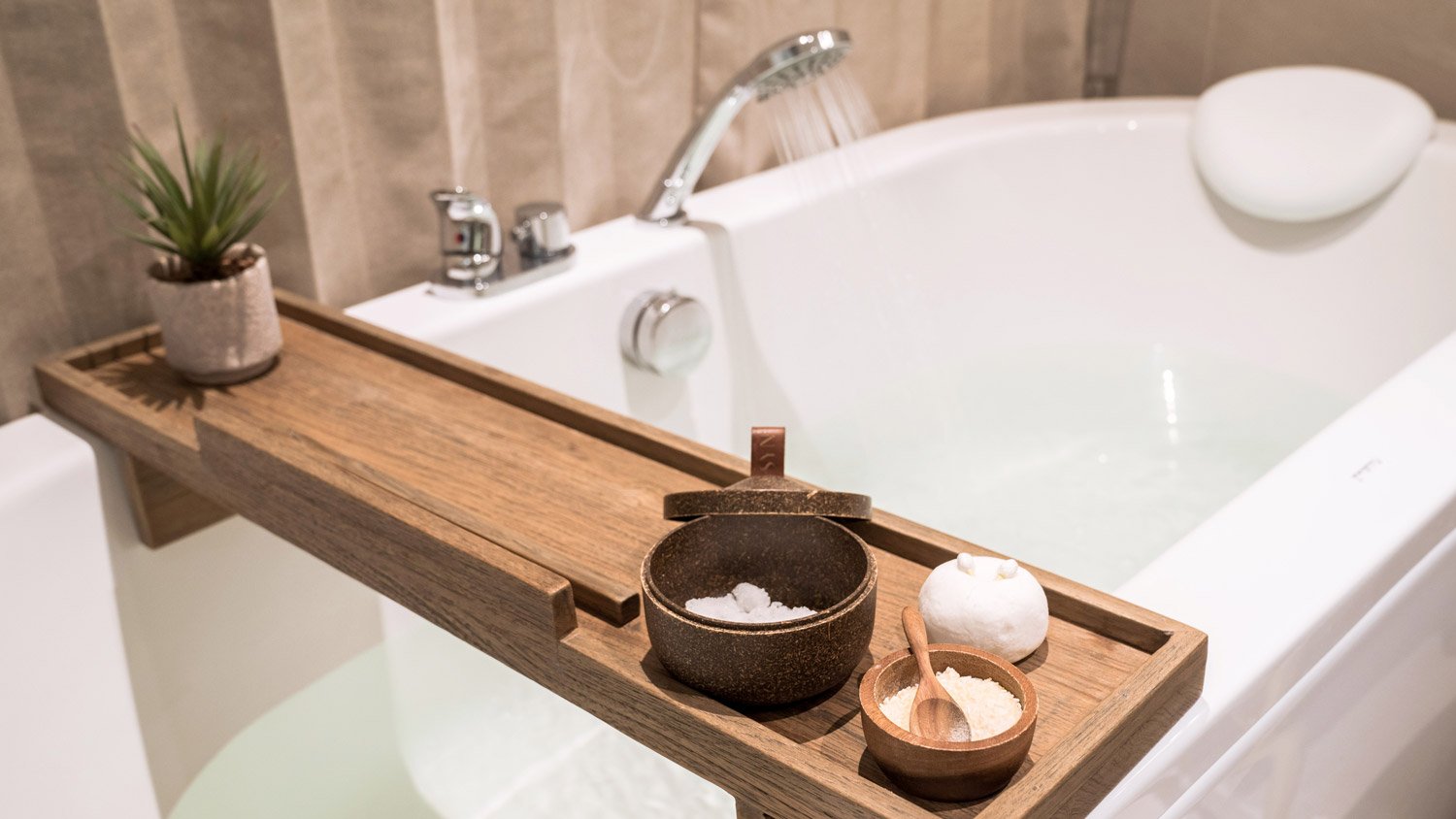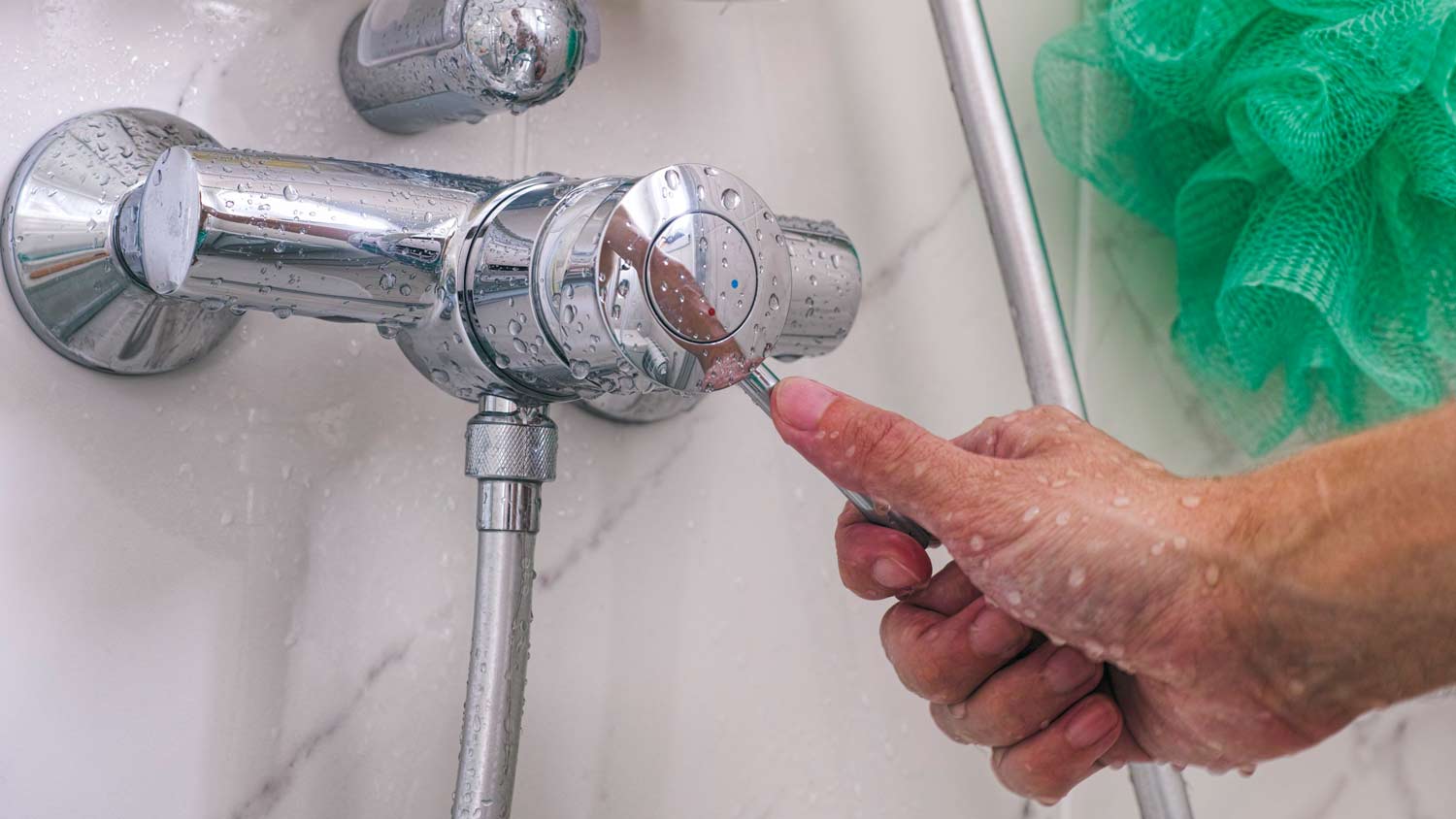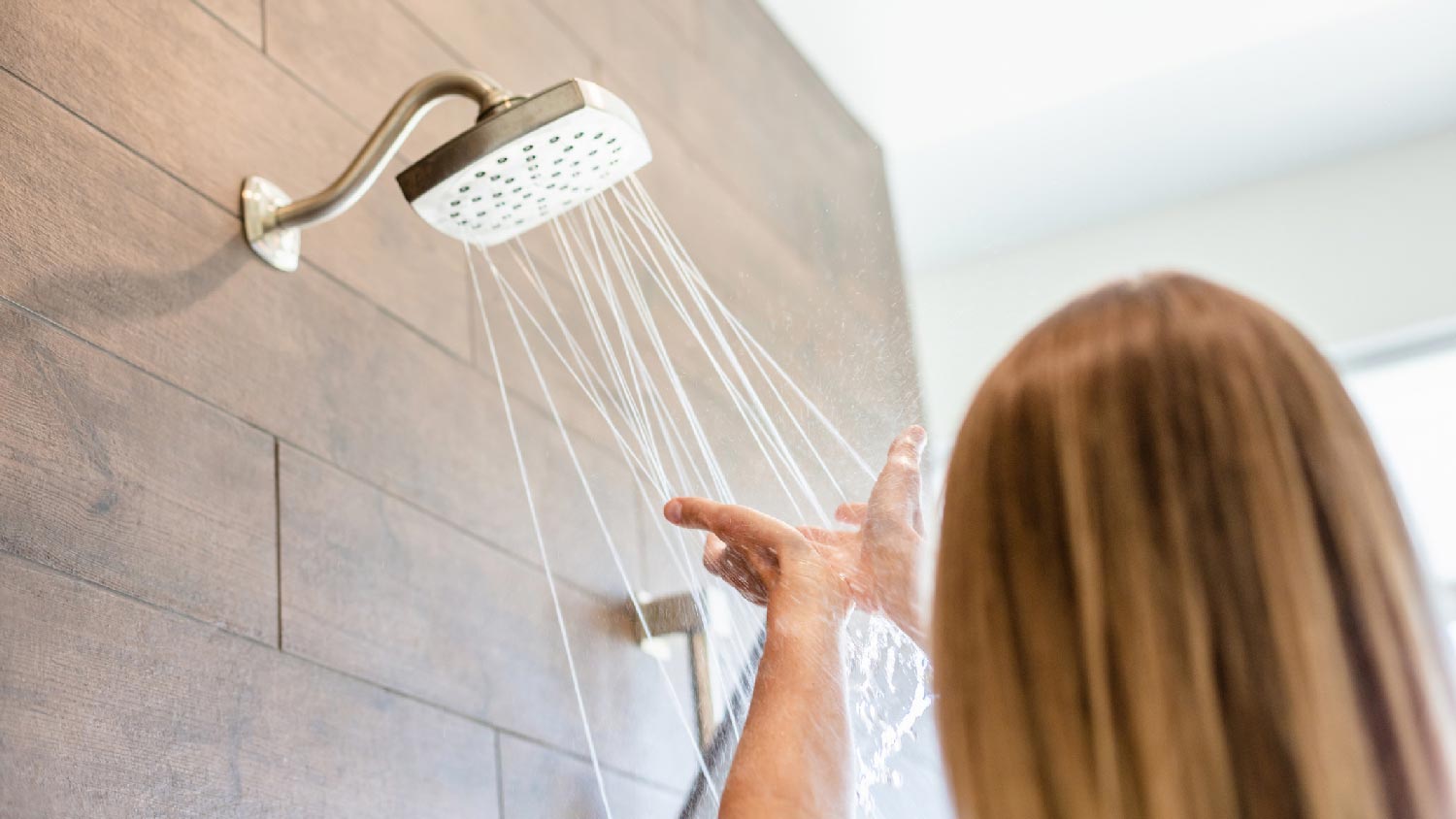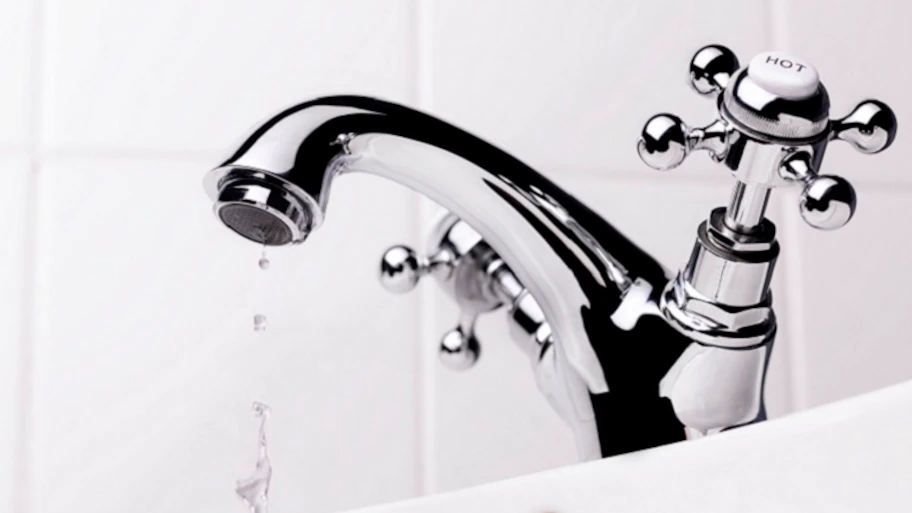If Your Water Flow Is Weak, It May Be Time To Address a Water Volume Issue
We want streams, not trickles


Sign off of work, make dinner, clean up dinner, turn the shower faucet to hot, and breathe a sigh of relief. All is right in the world—until you realize your warm, steamy, shower stream is actually more like a lukewarm dribble. When water flow is lacking, you may be quick to blame it on low water pressure. But that slow trickle may actually be attributed to the volume of water in your pipes instead. Water pressure or water volume: how can you tell which issue it is? Start by examining your faucet to identify the culprit.
Water Pressure vs. Water Volume
Water pressure is the force with which the water is moved through the water lines. Your pressure is usually determined by the water company. Water volume, on the other hand, is the actual amount of water that flows through the faucets and taps, usually controlled and regulated by your pipes and the aerators on the end of the taps. Dribbling or weak water flows are usually a sign of volume problems rather than pressure issues.
How to Check for Poor Water Volume

Clean the Aerators
You can often rectify problems with water volume in your pipes and plumbing by giving the aerator some attention. The aerator sits at the end of the faucet or shower head and regulates how much water comes out.
Remove the aerator and scrub it free of limescale and mineral deposits that could be hindering the actual amount of water flow. Submerge the aerator in a bowl of distilled white vinegar for three to five hours and then wipe away the build up. If the buildup is especially caked on, you may need to buy a new aerator.
Adjust the Flow Restrictor in the Aerator
Flow restrictors, also called water savers, limit the water flow by 30% to conserve water. These are required for all faucets purchased after the mid-1990s and are recommended by the Environmental Protection Agency. Like aerators, seemingly malfunctioning flow restrictors can benefit from a thorough soak in vinegar. You can increase the size of the flow restrictor holes by piercing the holes with a screwdriver, knife, or awl and gradually adjust them to a wider diameter.
Check the Water Valve
If the aerator is not the issue, the problem could be an obstruction in the water valve. The water valve controls the flow of the water into the pipes in your home. Inspect your main water valve to make sure it is open entirely. Sometimes a fix could be as simple as opening the valve completely. For maximum water pressure, all valves should be completely open.
Have a Plumber Inspect for Buildup
Buildup can clog pipes and drastically reduce water volume, especially if your home has hard water. The only way to check for blogs is to remove the pipe and inspect it. A local licensed plumber can check for signs your plumbing needs repair, including blockages or obstructions in the pipes or a pipe defect.
Rule Out Water Pressure Issues
Test your water pressure to rule out the issues and make sure low water pressure isn't compounding the problem. Testing your water pressure also helps determine if you need a water pressure regulator to avoid plumbing problems. DIY testing is easy with a pressure test gauge purchased online or at hardware stores. Just attach it to an outside spigot, run the water and read the gauge.
A PSI between 50 and 70 is ideal. Also, check your PRV (pressure regulating valve) to make sure it's not over-regulating the pressure in your plumbing system or malfunctioning. A knowledgeable plumber can also help inspect this valve.
If your neighbors are also experiencing related problems, then your city’s municipal water system might be to blame. Contact your local water company and report the situation if you believe this to be the case.
Enlist the Help of a Plumbing Professional
A plumber's professional experience will help in determining which pipes have a water volume issue or if the problem is actually something else entirely, like an issue with the pipes leading into the home or a small leak somewhere. Have your pro conduct a plumbing inspection so they can advise the best course of action for getting the water flowing the way it should.





- Gas Plumbers
- Plumbing Repairs
- Sump Pump Installation
- Wood & Pellet Stove Repair
- Shower Repair
- Wood Stove Services
- Emergency Plumbers
- Fire Sprinkler Contractors
- Perc Test Companies
- Toilet Repair & Installation
- Boiler Repair
- Sewer Line Repair
- Faucet Repair
- Main Drain Camera Companies
- Foundation Drain Installation
- French Drains
- Bathtub Replacement
- Subcontractors
- Storm Drain Contractors
- Affordable Plumbing
- Plumbing & Heating Companies
- Bathroom Repair Services
- Sink Installation
- Commercial Plumber
- Barndominium Builders
- Water Line Repair
- Faucet Installation
- Water Line Installation
- Leak Detection
- 8 Reasons There Is Low Water Pressure In Your Kitchen Faucet
- Why Does My House Have Low Water Pressure in Cold Weather?
- 9 Tips to Help Increase the Water Pressure in Your House
- Low Water Pressure in Your House? 9 Possible Reasons Why and 6 Ways to Fix It
- No Water Coming Out of Your Faucets? Here’s Why and What to Do About It
- 9 Potential Reasons Cold Water Isn’t Coming out of Your Faucet
- 18 Common Plumbing Problems and How to Resolve Them
- How to Increase the Water Pressure in Your Shower
- How to Test Your Home’s Water Pressure at the Hose Bib (and What to Do if It’s Too Low or High)
- 10 Most Common Plumbing Problems Every Homeowner Should Know










